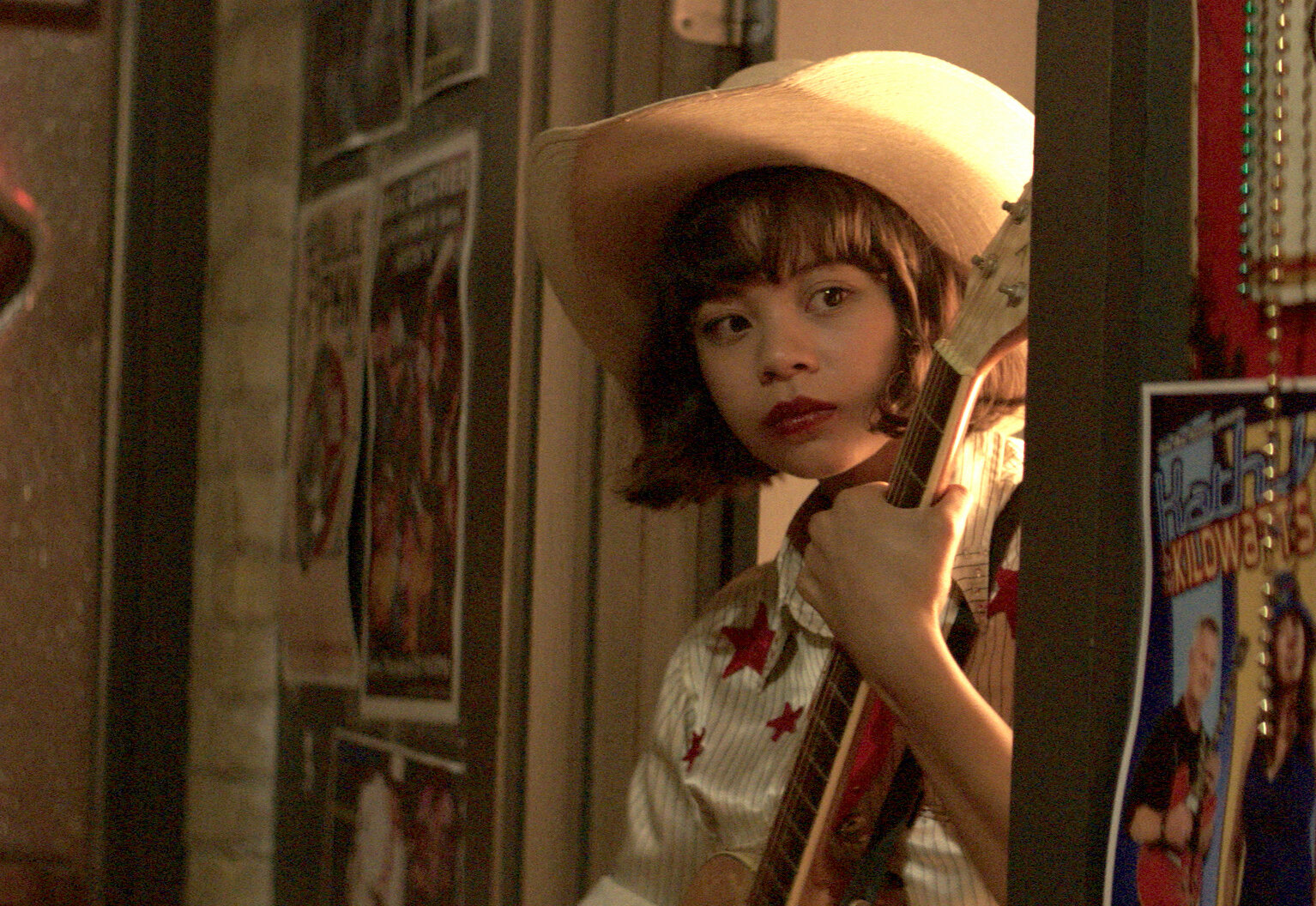By ABIGAIL M. ADRIATICO & PATRICK V. MIGUEL

THE AMERICAN dream is an idea that centers on the prolific notion that any American is capable of turning their aspirations into reality. Most of the Orient’s eyes are attracted to this glamorous myth of the West, where dreams remain limitless. However, the dream remains an illusion from the truth as America is never as kind as it appears to be.
As tragic as it sounds, many have fallen prey to this idea. Asians have willingly taken the risk to leave their homeland in pursuit of a better life in “the land of the free”. Although there are those who thrive, not everyone is lucky. The reality behind this promise comes for them, resulting in unfortunate circumstances for the diasporic Orientals.
Garnering multiple awards from several international film festivals, Diane Paragas’ Yellow Rose is a coming-of-age film that tells the story of Rose Garcia (Eva Noblezada), a 17-year-old Filipina immigrant trying to find her place in the world. While coping with the sudden detention of her undocumented immigrant mother Priscilla (Princess Punzalan), she is left alone with almost nothing but her guitar. As she tries to figure out how to manage on her own, she leans on to the only thing she knows: country music.
Although mainly centering on Rose’s dilemmas, Yellow Rose depicts the struggles of undocumented immigrants through scenes of her mother’s detention. They are shown to be treated like criminals as they wear orange jumpsuits and are kept in one prison cell; reduced only to the number assigned to them. Since the film uses dark tones during scenes in prison, it effectively captures the feeling of uncertainty experienced by detained immigrants.
Through the selective use of warm and cold tones, the film also showcases Rose’s changing emotions. In scenes where she was in her room or in the company of someone she trusts, warm colors depicted her feelings of safety and security. Conversely, in moments when she feels lost and alone, dark shades of grey fill the frame.
Inspired by her late father, Rose has an affinity for country songs— a genre that is grounded in American folk music. During scenes where she is performing, all of the songs she sings are in English. The only song Rose ever sings in her native tongue is the one her mother usually sang to her, which is “Dahil Sa Iyo,” a popular song among Filipino communities in America. This reveals Rose’s attachment to the American culture over her natural Filipino heritage.
With that in mind, Rose dreams of singing country music in Texas. Although she is a Filipino by blood, she still remains wholeheartedly American. This is mostly shown in scenes when she strums her guitar and sings about not fitting in. Having nothing but her voice and guitar, she relies on music as her salvation from the harsh and unwelcoming environment that she and her mother had to adjust to.
Apart from its cinematics and several showcases of country music, the whole premise of Yellow Rose reveals the struggles of the immigrants seeking the great American dream. This is especially timely in an era when former US President Donald Trump’s racist and white supremacist policies are still felt by people of color.
Paragas has effectively avoided the “western representation of the orient. This is otherwise known as the “othering” of the diasporas. In the film, Rose and her fellow immigrants, are the central figures in the films. This proves that Paragas has embraced the idea that the Orientals deserve to have their stories told in Western films.
That being said, the diasporic portrayal in Yellow Rose is as dark as the reality it reflects. It is a reflection of the society where gun holders are men with ivory skin, while the ones at the end of the barrel are people of color. As it is, despite the immigrant’s hard-work, people of color still remain as the “Other” in America; the alien settlers from a white man’s perspective.
Overall, Yellow Rose tells the tale of following one’s dreams, but it also exposes the false promise of the American dream. Through years of colonization, the Occident still continues to antagonize the Orient— just in different ways now as seen in how they “other” Oriental immigrants. In the end, Yellow Rose simply shows that the American dream should not be idealized as it is a far-reach to those who are deemed as an “other”. F



